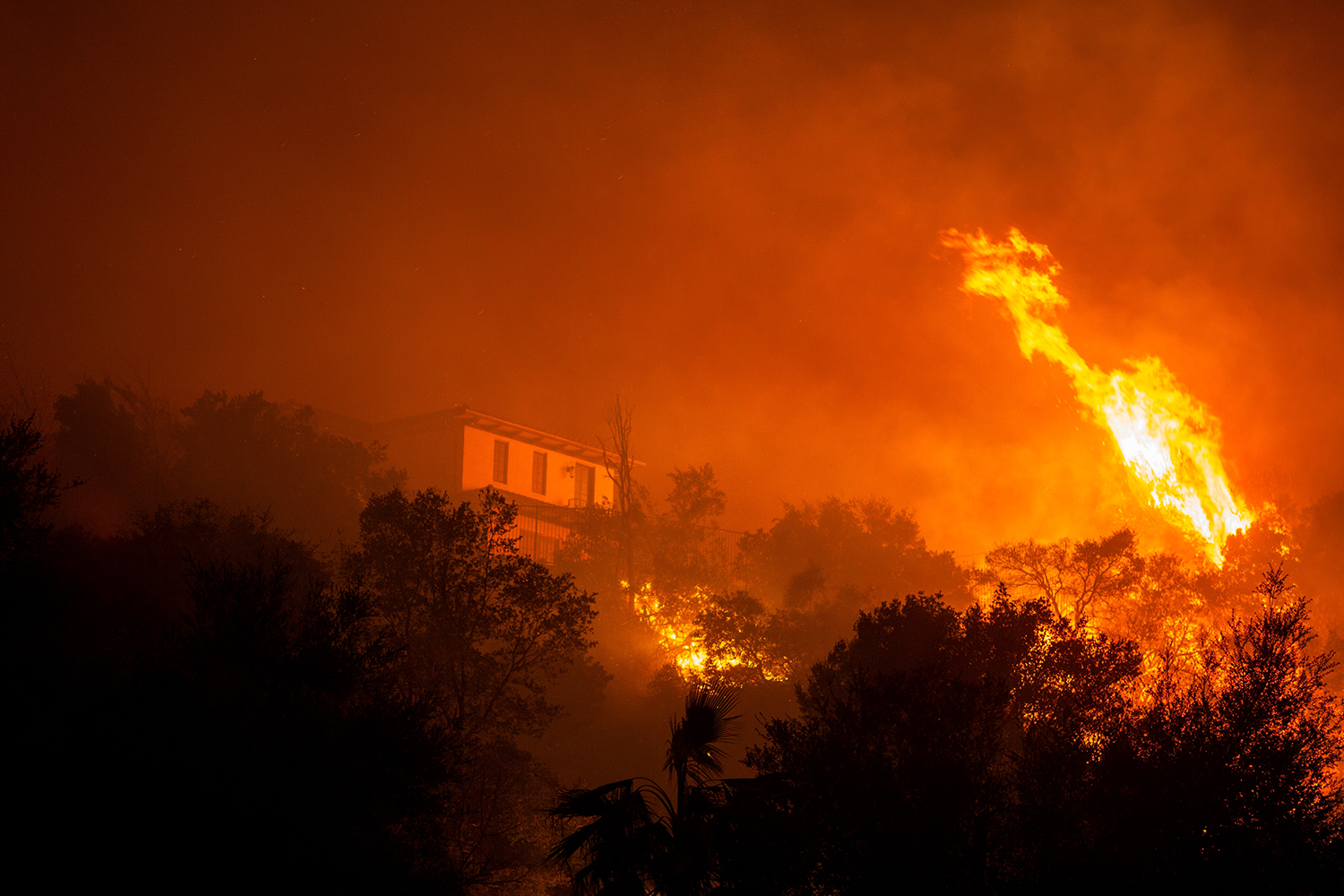The Los Angeles-area fires could undermine efforts to woo back insurers, deepening California’s home insurance crisis.
Before the L.A. wildfires began, millions of homeowners in California faced double-digit insurance rate increases, nonrenewals, and a lack of available private coverage.
The devastating Palisades and Eaton fires destroyed over 15,000 structures and could rank among the costliest wildfires in U.S. history. Estimated insured losses from the fires range from $20 billion to $45 billion.
Why it matters: For many California homeowners, finding adequate and affordable insurance coverage is becoming nearly impossible. Without sufficient coverage, homeowners become dependent on a patchwork of federal programs, charitable aid, and their own savings to rebuild.
Golden State homeowners in high-risk areas now rely on the state-sponsored Fair Plan—insurance of last resort—which offers limited and expensive coverage.
The plan’s exposure to potential losses reached $458 billion at the end of last September. Given it’s rapid growth, industry experts are concerned about the Fair Plan’s capacity to handle claims.
The backstory: Regulators are pushing hard to persuade insurers to reopen to new business in the state. Leading insurers, like State Farm and Allstate, stopped selling new home insurance policies in the state.
New rules will allow insurers to base rates on forecasts of future losses from wildfires rather than—typically lower—historic damages. Future Premiums will be allowed to take into account the cost of reinsurance, the coverage insurers buy for themselves.
Can Parametric Insurance Help?
The L.A. wildfires highlight how the insurance industry is struggling to manage the growing scale and unpredictability of natural disasters. Reinsurer Munich Re said global insured losses from natural disasters topped $140 billion last year.
A possible solution: Parametric insurance is emerging as a viable option to address these challenges.
Unlike traditional insurance, parametric insurance pays a predetermined amount when a specific event (like a wildfire of a certain intensity) occurs—regardless of the actual damages. This removes uncertainty and provides faster payouts.
Parametric insurance has seen limited adoption in California for wildfire risk, indicating that this approach can be effective.
Dive deeper into parametric insurance at hbr.org.
What we’re watching: The L.A. fires could serve as a wake-up call akin to Hurricane Andrew’s impact on hurricane insurance in the 1990s. If widely adopted, parametric insurance could reshape how insurers and policyholders manage natural disaster risks.
Also, the recent fires threaten to derail California regulators’ fragile efforts with insurers to reopen the market.
Next steps: For homeowners not impacted by the recent fires, now is a great time to check your coverage. Contact a trusted insurance advisor to review potential gaps in your coverage.
- Prepare for higher costs: Expect steep rate hikes as insurers factor in wildfire risks and rising home-repair expenses.
- Act quickly: Coverage is becoming scarcer, especially in fire-prone areas.
Editorial credit: Ringo Chiu / Shutterstock.com

